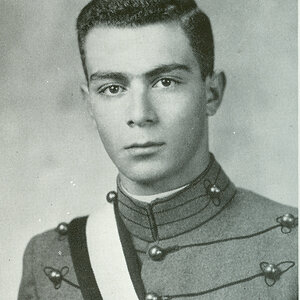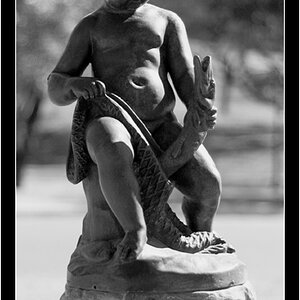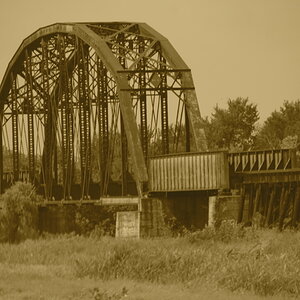gendarmee
TPF Noob!
- Joined
- Dec 30, 2006
- Messages
- 125
- Reaction score
- 0
- Can others edit my Photos
- Photos OK to edit
Nikon D3.
http://www.nikonusa.com/Find-Your-Nikon/Product/Digital-SLR/25434/D3.html
There ARE no others,
unless you have the cash for:
http://www.hasselbladusa.com/
Kodak used to make full frame (35mm format) DSLR cameras. You could get it with either a Nikon or Canon lens mount. They were well before Canon did it...but it just didn't fly.
Besides the 5D...Canon has the 1Ds, 1Ds mk II & the 1Ds mk III...all full frame.
The 1D mk II, 1D mk II N and 1D mk III have a crop factor of 1.3...so they are bigger than the 40D & Rebels but not quite full frame.
Side by Side
Wow. I think i was getting overly optimistic.
I'd stick to a D300 or a 40D then!
I stretched my budget to twice the limit already, don't think I can stretch it any more, even too buy myself a used D2H/1d, I can forget the D3 and forget about the medium format cams

I have a 60's film 'blad though, can look at it and feast my eyes & be happy.






![[No title]](/data/xfmg/thumbnail/40/40356-883c642c8d24d2709b359f9c8b196fcf.jpg?1619739437)






![[No title]](/data/xfmg/thumbnail/36/36299-468f060314a0ac2bf5e37da1c33149d2.jpg?1619737493)